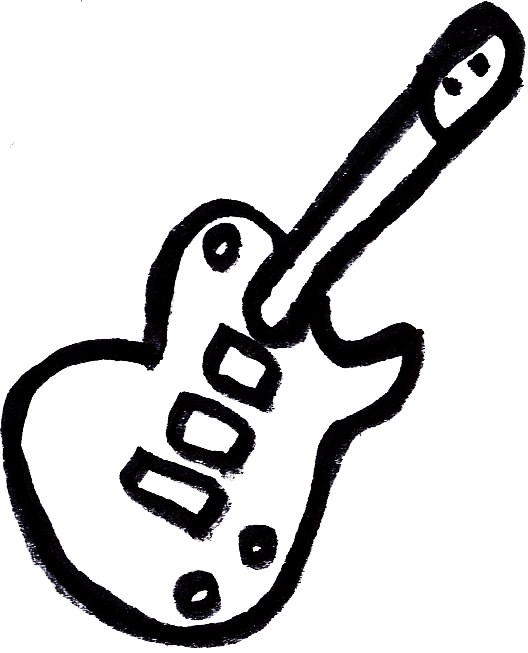As a result of last year’s Hollywood labor strikes, there was a short-term drought of big-ticket blockbusters at the top of this summer’s release calendar, which has sent media journalists into a doomsaying tailspin. A lot of attention & pressure has been focused on the box office performance of the mid-tier actioners The Fall Guy & Furiosa in particular, whereas most years they would’ve enjoyed their solid critical reviews without all the grim financial scrutiny weighing them down. I don’t want to join in the collective handwringing over the short-term profits those films scraped together for their investors, so instead I’ll just point to the bizarre middle ground I recently discovered between them while they’re still a hot topic. Like The Fall Guy, the 1978 action novelty Stunt Rock is a love letter to professional stuntmen, offering audiences a peek behind the scenes of film production stuntwork that’s usually left invisible. In particular, the film was created as a star vehicle for Australian stuntman Grant Page who, among a hundred other credits, worked on the Mad Max series all the way up to Furiosa. Unfortunately, Page did not live to see Furiosa‘s release, though, as he died in a car crash earlier this year as an octogenarian daredevil who did not know when to quit. There’s been no better time to celebrate his life’s work, then, and there’s no better way to celebrate it than by watching Stunt Rock.
Grant Page stars as himself: a charismatic stuntman with an uncanny fearlessness. The film is essentially an advertisement for his professional skills, with newsreel announcers cheering him on as “Australia’s favorite stuntman goes to Hollywood.” While working his first regular gig on an American TV show, he woos two awestruck blondes: the show’s Dutch star (former Verhoeven collaborator Monique van de Ven, also playing herself) and a fictional reporter who’s fascinated by his craft (Margaret Trenchard-Smith, the director’s wife). There’s not too much drama behind Page’s flirtations with those women, though. Mostly, the film is an excuse to watch him perform what the opening title-card warning calls “many extremely dangerous stunts.” Page drowns himself, sets himself on fire, hang-glides, and jumps into the windshields of speeding cars with the going-through-the-motions calm of a bureaucrat filing paperwork. His stuntwork is framed as an extension of Australian independent filmmaking in general, advertising the many thrills & spectacles of that industry with repackaged clips from Page’s resume. Aussie schlockteur Brian Trenchard-Smith creates his own exciting filmic language during that clip show by doubling the 16mm frames of the cheaper films to fill the wider 35mm scope for a psychedelic splitscreen effect. More importantly, though, he just wholly commits to worshipping at the altar of Grant Page, whom he was convinced he could make an international star.
Of course, “Stunt” only accounts for half of this film’s title & premise, and I’m somewhat burying the lede here by not also mentioning where the “Rock” fits in. While brainstorming in the shower, Trenchard-Smith came up with Stunt Rock as a simple combination of two popular mediums, envisioning a showcase for Page’s talents that would score his stuntwork with bitchin’ rock n’ roll. The Dutch production company who funded the project was confident that they could land a legitimate, popular rock act for the soundtrack, reaching out to bands like Kiss, The Police, and Foreigner before finally settling on a much-less famous Los Angeles act named Sorcery. Instead of a perfect marriage of stunt & rock, the combination of Sorcery’s stage act with Page’s screenwork ended up being more of a hat on a hat. The band plays generic, sub-Zeppelin stadium rock that wouldn’t be much to speak of on its own, but they pair it with a live performance of two pyrotechnic magicians who dress like Merlin & Satan to pantomime a Good vs. Evil battle while their songs narrate a play-by-play. There is a vague gesture in the plot that ties Page’s stuntwork to the band, contracting him to help innovate stunts for their magic act as a favor to his cousin. For the most part, though, the stunt and the rock of the title exist side by side as two separate, competing forces.
I suppose there’s some historic value to Stunt Rock‘s peek behind the scenes of 1970s movie-production stuntwork. At the very least, it includes early acknowledgements of filmmaking techniques that have since spread to general public knowledge: wigging, squibs, fire gels, etc. However, by the time Page is narrating the history of cinematic stuntwork over old-timey Buster Keaton & Harold Lloyd footage and comedic slide whistles, it’s clear you’re not supposed to be taking any of its film production insight too seriously. Most of its cinematic history is rooted in watching Page conquer America like King Kong, climbing our highest peaks and immediately falling off them. Meanwhile, he’s sharing the stage with one of the goofiest rock ‘n roll acts of all time, whose own stuntwork makes for a fun novelty while also elevating the grittier, gutsier film set stunts through side-by-side comparison. The volatile combination of those two acts is exciting in a way that directly appeals to the audience’s lizard-brain instincts, to the point where there’s simply no way to describe Stunt Rock without sounding like a 13-year-old dweeb; “It’s like if Quentin Tarantino directed an episode of Jackass . . . on acid!!!” It’s a great showcase for Grant Page, though, who really did have a peculiar, one-of-a-kind talent for getting into car accidents and setting himself on fire.
-Brandon Ledet


Pingback: Vendetta (1986) | Swampflix